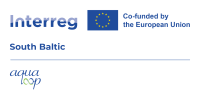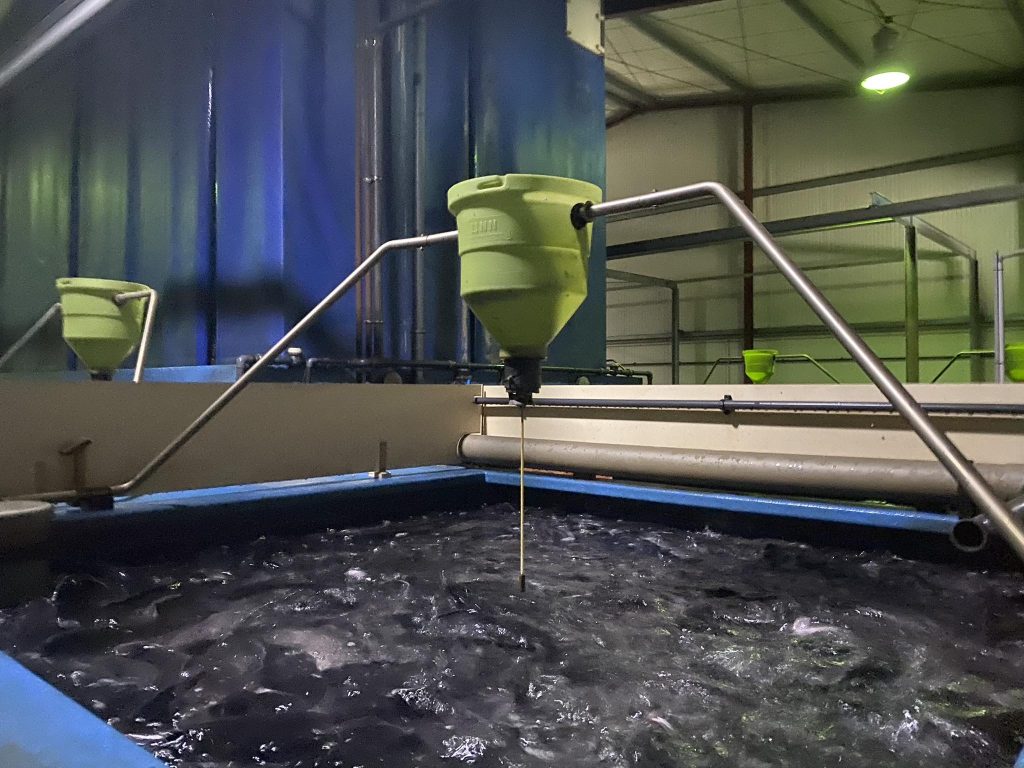From a hatchery to the final product: circular, nutritious, and tasty – this is the way African catfish is produced at Nutrition & Food (DE), AquaLoop associated partner, hosting project partners and associated partners at the beginning of November 2023.
Nutrition & Food is part of Bioenergie Lüchow GmbH & Co. KG, a modern agricultural enterprise, and is responsible for catfish farming and processing. The enterprise itself comprises agriculture, biogas as well as fish farming and fish processing, thus managing to organize agriculture sustainably and design it in such a way that one product is the basic building block for the next. African catfish (Clarias gariepinus) is originally native to Central Africa. Therefore, it prefers warm water temperatures – around 28 °C. The fish can grow up to 2m in length and over 100 kg in weight. The small eyes, the wide mouth, and 4 pairs of barbels give it its characteristic appearance. African catfish live in stagnant waters. Its diet consists mainly of insects, worms, snails and aquatic plants.
In Nature & Food, catfish are cultured in a closed sustainable aquaculture facility, including a hatchery (own parent stock) and rearing tanks, which is unique in Germany. The fish are grown in tanks in water at 28 °C for six months. Heat and electricity are generated from renewable raw materials. Facility-own well water is constantly filtered to ensure high water quality and keep consumption low. Filtered substances are dispersed on the surrounding fields, serving as natural fertilization and irrigation, thus completing the water cycle. Harvested plants go to the biogas plant to generate electricity for heating the facility, which is supplemented by photovoltaic systems, making the facility operation almost CO2-free.
The fish are fed high-quality certified feed from Germany which consists of plant-based ingredients, protein sources, and a small proportion of fishmeal, free of genetically modified ingredients. This species-appropriate food and the optimal housing conditions enable the catfish to be raised without the use of growth promoters or medication. The by-products that are not suitable for human nutrition, such as skins and carcasses, are processed into chewing bones for dogs or animal feed for pigs.
The goal is 100% utilization of the catfish!
It was a great pleasure to participate in the tour! #NutritionFood thank you for hosting #AquaLoop. We hope for a fruitful cooperation! Thank you for hosting AquaLoop and inspiring others!
More on the circular catfish production, and inspirations for the products and recipes on the Nutrition & Food webpage: https://www.nutritionfood.de/
Source: https://www.nutritionfood.de/

